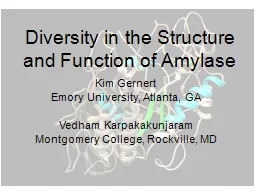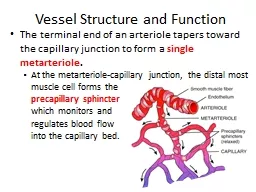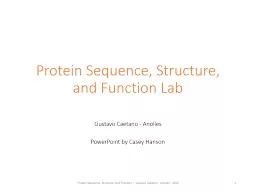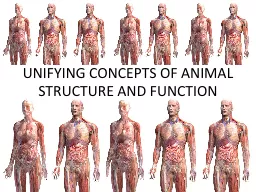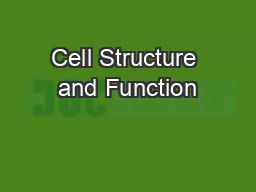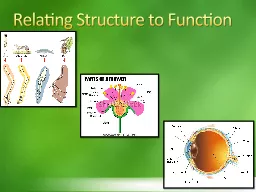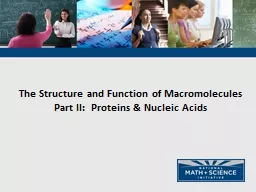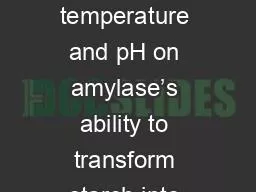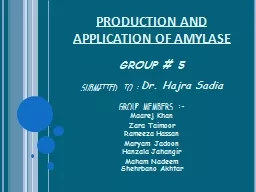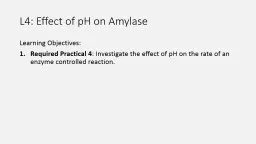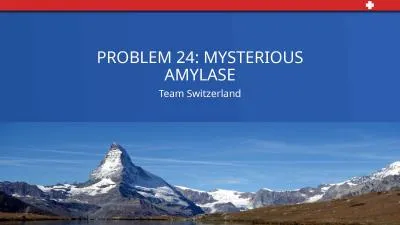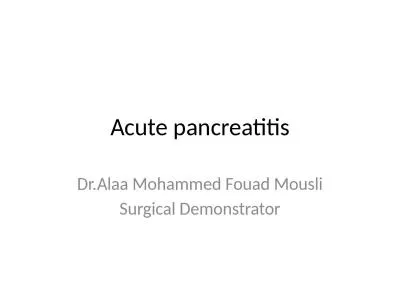PPT-Diversity in the Structure and Function of Amylase
Author : brianna | Published Date : 2022-02-24
Kim Gernert Emory University Atlanta GA Vedham Karpakakunjaram Montgomery College Rockville MD Target Audience Students enrolled in Principles of Biology I BI
Presentation Embed Code
Download Presentation
Download Presentation The PPT/PDF document "Diversity in the Structure and Function ..." is the property of its rightful owner. Permission is granted to download and print the materials on this website for personal, non-commercial use only, and to display it on your personal computer provided you do not modify the materials and that you retain all copyright notices contained in the materials. By downloading content from our website, you accept the terms of this agreement.
Diversity in the Structure and Function of Amylase: Transcript
Download Rules Of Document
"Diversity in the Structure and Function of Amylase"The content belongs to its owner. You may download and print it for personal use, without modification, and keep all copyright notices. By downloading, you agree to these terms.
Related Documents

